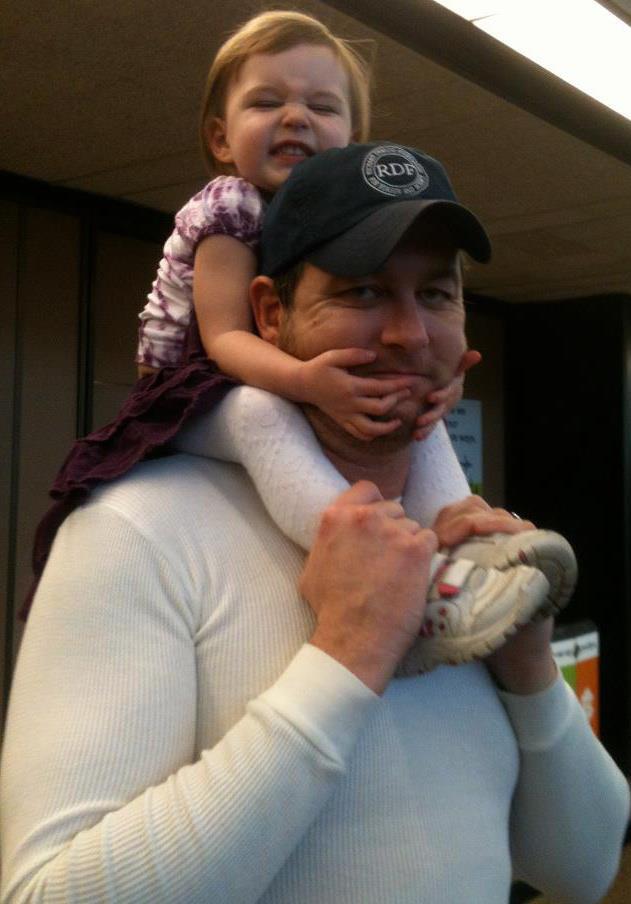One of our SBG coaches, and the first person to bring the art of BJJ to Korea, Harvard PhD, professor John Frankl, coined the acronym A.R.T, some years ago, in reference to teaching people how to properly respond when threatened. Some fantasy based/RBSD style martial arts, the same ones that un-coincidentally, traffic in high volumes of boy-speak (overly aggressive language used by scared teenage boys), offer curriculums that are designed for life threatening situations only. You’re taken to the ground – gouge the eyes. You’re cornered in an alley – bite the throat and knee the groin. They are entering your space – elbow them in the face. Setting aside the fact that none of this is easy to do, especially for an out of shape, overweight, non-athlete, who possess little to no skill in any combat sport – it’s also a bit extreme.
While I would be the first to tell you that if you’re only choice is between becoming a victim or fighting, you should always, and I do mean always – fight; I would also tell you that the world is likely to offer up many situations that may require the use of physical contact, but don’t legally, or even ethically, warrant the use of gouging someone’s eyeballs. Drunk uncles at family events, mentally unstable cousins throwing fits in driveways, or even the pushy CDO (Character Disordered Individual) who is testing his boundaries as it relates to where he can place his hands – not every encounter warranting force requires extreme malice in its application.
A large part of the Art of Martial Arts is the ability to react appropriately, and regulate the force accordingly – Appropriate Response Training.
In Frankl’s case, he was referring to specific physical techniques and strategies. As a Brazilian Jiu-Jitsu practitioner, he can handle bigger, stronger, uncooperative men, without having to resort to elbowing them in the face. There is a scale of force, and for us within SBG, there is a litany of functional, tested, and proven methods we can put into play before we need to resort to the more grave options; but, it isn’t just good BJJ or self-defense coaches that teach ART, it’s also fathers.
The list of things boys learn by watching their dads interact with others is enormous. The majority of these lessons involve how the man behaves naturally, not what he says intentionally. A good father’s behavior teaches young men how to shake hands properly, how to speak forthrightly, how to conduct themselves honestly, how to treat women respectfully, and when it is appropriate to stand up for others, firmly – the combination of which we call ‘chivalry’.
By watching their dads’, boys learn when it is appropriate to stand their ground, and when they should remain gracious. To be both assertive and polite, something that is critical to success in life, is skill set that requires a mentor. Only after mastery can someone be rightly known as a ‘gentleman’. This brings us to a core principle:
Manners betray your class. And the lack thereof signals not just a lack of dignity in your current state, but also, a lack of upward mobility as it relates to your future one.
Learning how to respond appropriately is a civilizing process. It involves learning to control your emotions, especially those that bend towards violence. It also, always, involves the artistry of delayed gratification, self-discipline, and moderation. Finally, it requires learning to sincerely respect, and when appropriate, obey, authority. Few things in this world are easier to do than criticize long-standing institutions you are unqualified to participate in. Most of the anti-authority rhetoric of immature adolescents and their hippie adult counter-parts can be dismissed with a tiny bit of education on the role a particular institution plays, and one question – what would you suggest doing instead?
Unqualified commentators have the luxury of never having to face how much harder the world of practice is from the world of theory. Educated fathers save their sons precious time by passing that truth on sooner than it might otherwise arise. And that, truly is an Art.
